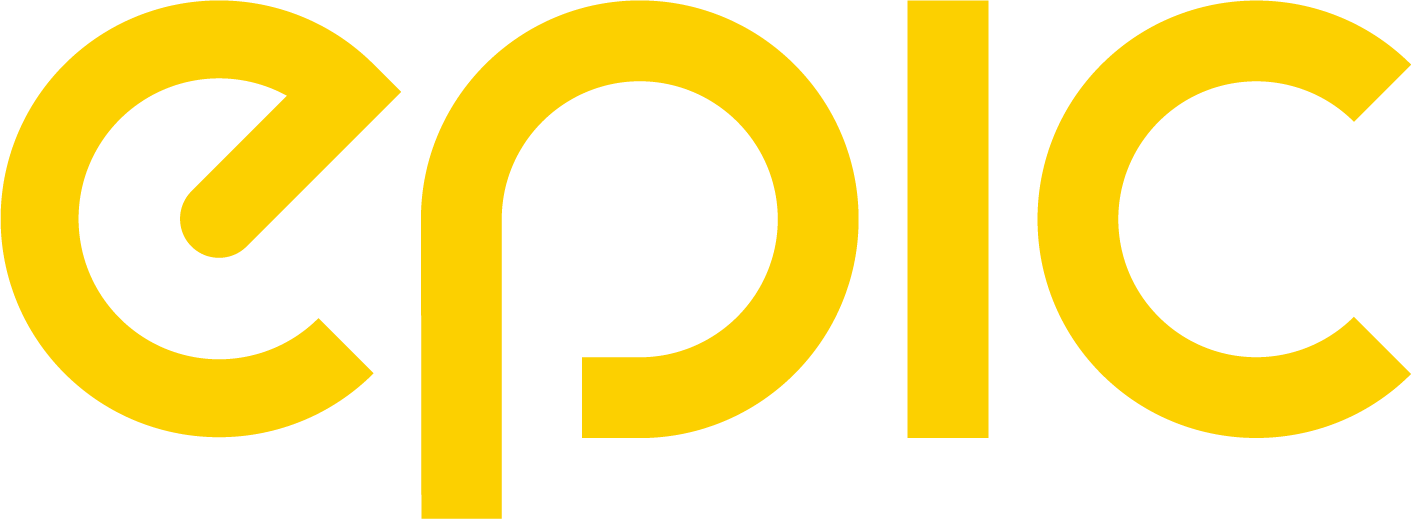Every company needs to actively engage in local search engine optimization to be successful.
Google can make or break your business, and with most people not venturing past the second page in Google’s search, you’re missing out on potential customers by not having a content strategy and doing proper keyword research.
One of the biggest hurdles that companies face when crafting their search engine optimization strategy is competing with the biggest players in the market. If you’re a pizza restaurant, for example, you’ll go up against industry titans like Pizza Hut and Papa Johns if you’re trying to be found for a term like “pizza”. These companies have huge budgets and spend millions of dollars on marketing to stay at the top of the search engine results pages (SERPs). Most businesses don’t have the bandwidth or budget to compete head to head. What you can do though is focus on local SEO services offered to you.
Local search engine optimization operates on the same principles as the marketing you’re already doing. The difference is that it targets potential customers within a specific geographic area. With this, you’re speaking directly to the people who are in proximity to your business and therefore more likely to buy your product. Plus, you have a much better shot of showing up higher in the SERPs, it’s a win-win!
What Is Local Search Engine Optimization?
Local SEO services involve strategically choosing your keywords and adding in a specific geographic location. So, if you’re the pizza restaurant from our earlier example, you would use a keyword like “Pizza in Portland, Oregon” or simply “Pizza in Portland”. You’ll reach people in that area who are looking for a good slice and able to give your restaurant a try! Using a keyword research tool like Google’s keyword planner allows you to research how often a term is searched and make any adjustments to your organic and paid strategy.
What Are The Benefits Of Localizing Your SEO Strategy?
Localization does two things for you: it makes you a larger fish in a smaller pond which allows you to rise up through the search engine rankings more quickly and it puts you in touch with people who are both interested in your product and physically able to obtain it. If you’re interested in expanding your business to a larger market, localization helps tremendously. Building local credibility prior to establishing a national or international presence is essential. If you want to cement yourself as an authority in your town or city, local SEO is the key. Utilizing techniques like NAP consistency (name, address, phone number), local citations and meta data, you can dominate.
How Do You Localize Your Digital Marketing Strategy?
The first step is integrating properly localized keywords into your content. Write your website content and any supplementary blog posts with this purpose in mind. This will help you tremendously in organic rankings. Consider running Google AdWords alongside your organic campaign. Many successful companies run SEO and a Google PPC campaigns in tandem for maximum success. Together they add exposure on the SERPs and can help combat negative PR with keyword research. If you run a local PPC campaign, you’ll pay a lot less than you would for a generic, non-localized term and reach the more of the customers you want.
You can also leverage your social media platforms to enhance your local search engine optimization. Facebook ads are highly targeted and localized. The landscape of social is constantly changing, especially with the emergence of different advertising opportunities. Facebook has customizable audience options to target those who would be most interested. The data you collect from social campaigns might uncover other details about what audiences you really should be targeting and help you refine your overall SEO strategy.
Be sure that your website is completely responsive (mobile friendly). Google’s most recent algorithm is mobile-focused and takes into account if your site enhances the customer experience. There is a strong trend towards searching on mobile devices that isn’t changing anytime soon. People won’t tolerate pinching and zooming in on their smartphones anymore. Make your website as attractive and as user-friendly as possible.
Why Localized SEO Is Smart SEO
Local SEO is all about strategy. Focusing on local customers is an excellent way to boost your business. You’ll compete with fewer big players, attract customers who are physically able to consume your products or services and establish yourself as a local authority. This type of marketing is so important that even some big players, like Coke and Pepsi, are focusing on local markets to appeal to consumers in their hometowns. The advantage you have? You are actually a local business in your town, not an outside player. You can speak to people in person and you’ll stand out as a small business who serves the community. Don’t underestimate the support that a small business can get from their loyal patrons.
By employing smart keyword focus and maximizing social media platforms to emphasize your appeal locally, you’re making a smart business move that will pay huge dividends in the future! When evaluating your content and marketing strategy, stop thinking global and start thinking local. Contact Epic Marketing in Draper, Utah to see how we can boost your marketing through Epic’s digital local SEO services.

